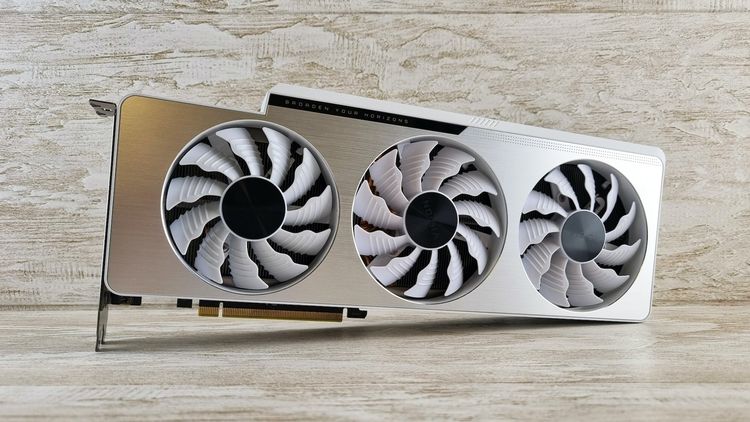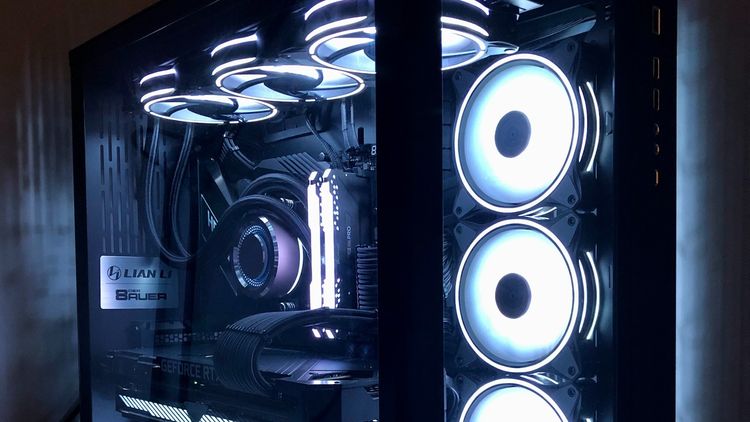In Depth: Power Supply

All electronic devices require power to operate. Some have built-in generation sources (solar, hydro, magnetic, etc.) to function. However, the vast majority derive their power from outside sources (I guess that is obvious). For power to get from one point to another, it must be connected by wire.
And yes, wireless charging technologies such as Qi (induction-based transfer) exist.
Electricity
Before discussing power supplies more, we must understand what runs through them. Electricity, in a fundamental sense, can be broken down into the following terms:
- power (represented as a P and measured in watts)
- current (represented as an I and measured in amps)
- resistance (represented as an R and measured in ohms)
- electric potential (represented as a V and measured in volts)
Power is the measurement of the amount of energy transfer between two points. In our case, the transfer of an electron between atoms. P = VI or Power equals Voltage multiplied by Current.
Current is the electric potential or energy needed to move an electron from one point to another. I = V/R or Current equals Voltage divided by Resistance.
Resistance describes the moving of electrons in the opposite direction intended. R = V/I or Resistance equals Voltage divided by Current. Certain metals have lower resistance, allowing more current to go in the intended direction.
Electric Potential is the direct current flowing through a conductor directly proportional to the potential difference between its ends. It means that voltage does not matter in the grand scheme of things. V = IR or Electric potential equals Current multiplied by Resistance.
These basics describe how electricity works in a direct current system. The alternating current is similar; however, power operates in both directions (alternating). The formulas for alternating current are slightly different.
A battery system is the easiest way to visualize direct current. The power goes out of the battery and is gone. This is why you must always replace A, AA, and AAA batteries.
Well, what about rechargeable batteries? Rechargeable batteries do not charge themselves. You need to push power back into the batteries from an outside source.
Alternating current is used for the power grid. Alternating current is much cheaper to pump across longer distances than direct current. However, our electronic devices use direct current. This will be important to understand for the next section.
Powering Our Devices
You need a power cord and power supply unit (or a brick "brick") to get power into your device. The power supply unit is built into the desktop case or the laptop power cord. This power supply unit converts the alternating current into a direct current.
One thing to be very aware of is the correct wattage and amperage power supply for the device used. The right power supply can cause issues, such as damage or less-than-ideal performance.
To continue in this vein, you will also need to ensure the wattage is enough for the components in the computer. Most laptops are going to be 35-75 watts. Desktops can range, with some needing 750 watts to run.
The last part to leave you with is that not every country or region uses the same alternating current frequency. The United States and Canada use 110 to 120 hertz, while Europe, most Asia, South America, Africa, and Australia use 220 to 240 hertz. In the United States, some electronics (such as large appliances) use 220 to 240 hertz and are not interoperable with 110 to 120-hertz outlets. Parts of Asia and South America use 100 to 130 hertz.
If you use 110-hertz devices in Europe, they will likely fry. In contrast, using European electronics in the United States would not fry, but they may operate less than ideal. When traveling to different countries, you need a transformer to ensure you use the right frequency for your electronics not to blow out. Lastly, many electronic power adapters can handle different frequencies, such as laptop power supplies that can take Europe and the United States power grids.
Summary
The blood life of our electronic devices is electricity. Understanding how it works and what happens is essential to protecting your electronics. Picking the proper power supply for the demand will save you much headache.






Member discussion